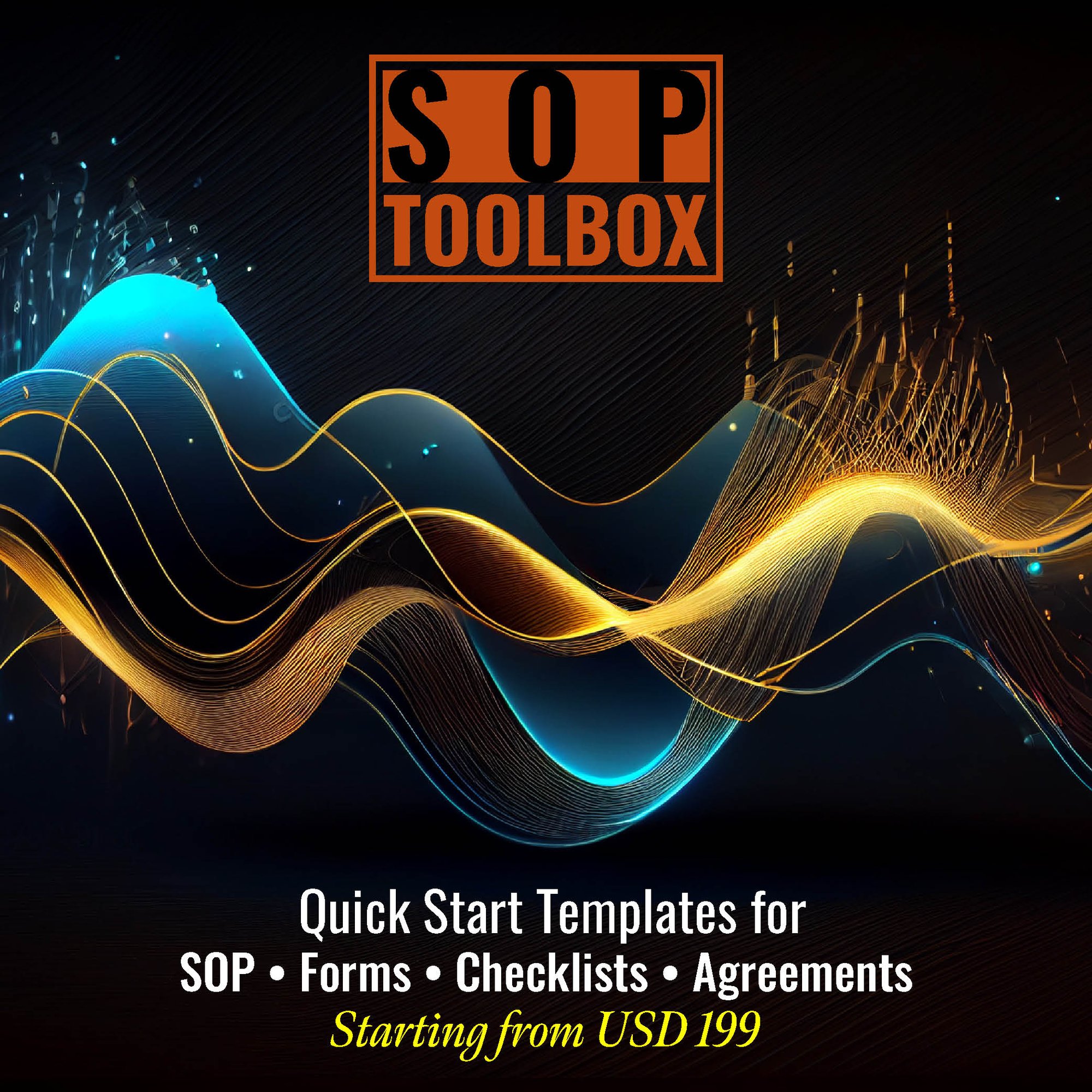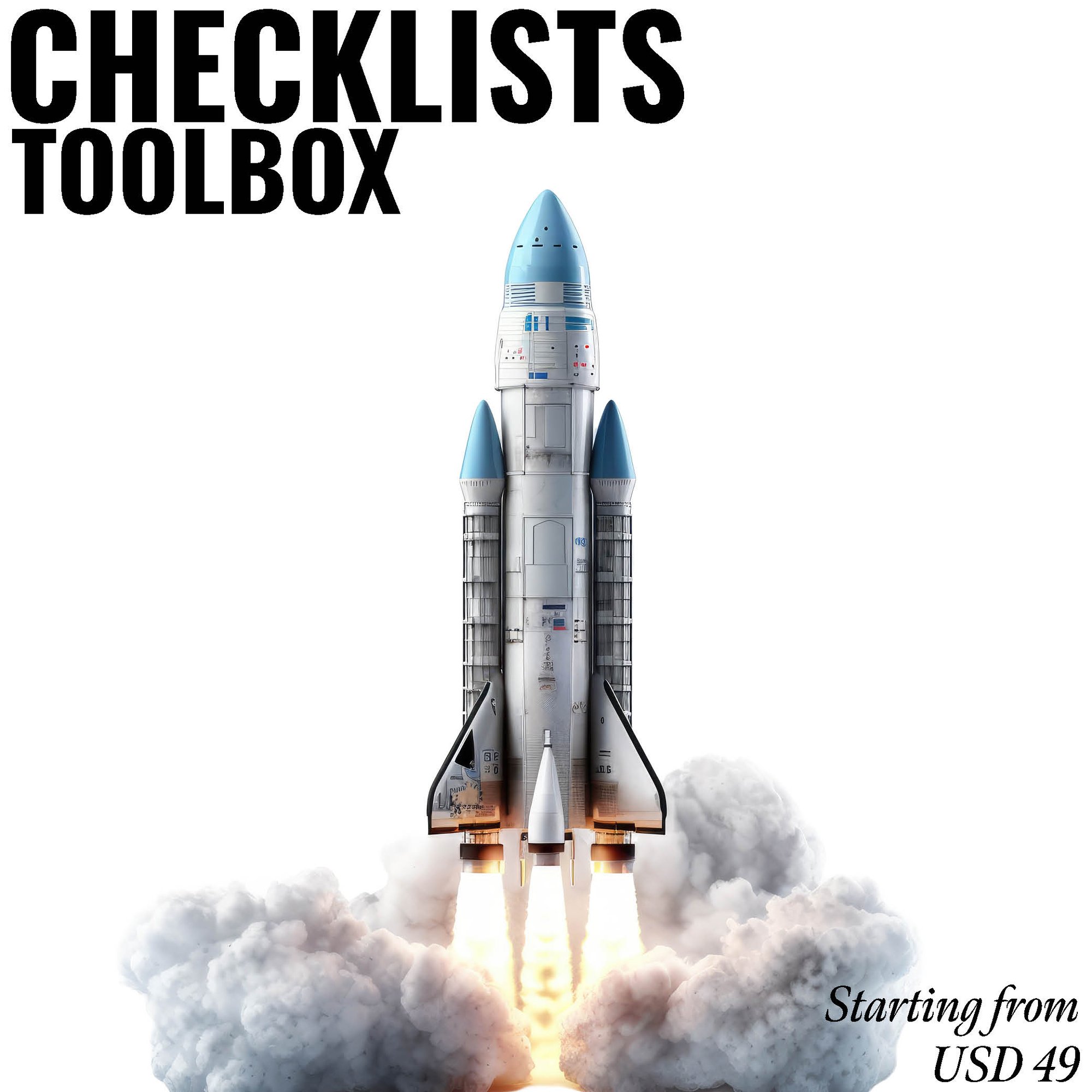Budgeting procedures involve the systematic process of creating, managing, and monitoring an organization's financial budget. These procedures help allocate resources efficiently, ensuring that financial goals are met while adhering to constraints. The budgeting process typically includes setting revenue and expense targets, forecasting cash flow, tracking variances, and making adjustments as needed. A well-defined budgeting procedure enables organizations to control spending, reduce waste, plan for future growth, and measure financial performance. Proper budgeting ensures that businesses operate within their financial means, make informed decisions, and maintain long-term sustainability.
Fhyzics Business Consultants offers specialized templates for budgeting procedures that help organizations streamline the budgeting process, improving financial control and efficiency. These templates offer structured guidelines to design comprehensive budgets that align with organizational goals and priorities. By utilizing Fhyzics’ templates, businesses can ensure consistency in the budgeting process, making it easier to allocate resources, track expenditures, and set realistic financial goals.
The templates include pre-designed formats for various budgeting needs, such as operational, capital, and project budgets. They provide frameworks for setting up expense categories, revenue projections, and cash flow forecasts, ensuring that all aspects of financial planning are covered. Additionally, Fhyzics' templates come with instructions and best practices for conducting financial analysis, such as variance analysis, to monitor performance against the budget.
By following these templates, businesses can improve accuracy in financial forecasting, reduce errors in data entry, and facilitate better communication among departments. The templates also promote accountability by setting clear budget responsibilities and timelines, ensuring that all team members are aligned with organizational financial goals. Ultimately, Fhyzics’ templates help organizations maintain financial discipline, enhance decision-making, and foster growth while minimizing financial risks.
Top 10 benefits of Budgeting Procedures:
1. Improved Financial Control: Helps track spending and ensures expenses align with financial goals.2. Resource Allocation: Ensures efficient allocation of resources across departments.
3. Informed Decision-Making: Provides a clear picture of financial health, aiding decision-making.
4. Cost Management: Identifies areas where costs can be reduced or optimized.
5. Forecasting: Improves accuracy in predicting future financial performance.
6. Performance Monitoring: Enables regular monitoring of financial performance against the budget.
7. Risk Mitigation: Identifies potential financial risks and allows for proactive measures.
8. Operational Efficiency: Promotes smooth operations by aligning financial resources with business needs.
9. Strategic Planning: Supports long-term strategic planning by forecasting financial needs.
10. Increased Accountability: Defines responsibilities, improving accountability in financial management.
This Article is Uploaded by: Gokul K
Keywords: budgeting procedures, financial planning, budget management, cost control procedures, financial forecasting, cash flow budgeting, expense tracking, budget allocation, budgeting software, capital budgeting, operational budgeting, resource allocation, financial analysis, revenue forecasting, variance analysis, cost budgeting, budgeting templates, budget process guidelines, departmental budgeting, project budgeting, financial goals setting, budget tracking, financial performance measurement, budget preparation, expense management, budget variance analysis, annual budget planning, strategic budgeting, financial decision-making, budget compliance, forecasting tools, budgeting frameworks, business budgeting, budget monitoring systems, corporate budgeting, cost management strategies, financial goals tracking, budget templates, budgeting standards, financial risk management, budget review process, budget optimization, financial performance tracking, organizational budgeting, budget setting templates, cash flow management, expense control procedures, financial resource planning, forecast management, budget reporting, capital expenditure planning, financial projections, budget accountability, financial discipline, forecasting accuracy, financial reporting, business financial management, departmental financial planning, revenue estimation, expenditure control, tax budgeting, budget planning software, cost-benefit analysis in budgeting, budget approval process, profitability forecasting, budgetary constraints, budgeting for growth, long-term budgeting, short-term budgeting, financial forecasting methods, budget process automation, financial risk forecasting, budget planning and review, forecast vs actual performance, savings tracking, budget allocation system, business forecasting models, budget projection techniques, variance monitoring, cash flow estimation, resource distribution strategies, operational budget guidelines, financial trend analysis, break-even budgeting, budgeting best practices, forecasting accuracy, revenue and expenditure planning, organizational budgeting tools, project cost forecasting, financial performance indicators, overhead cost budgeting, departmental budget review, cost-benefit financial decisions, budgeting and financial analysis, financial performance dashboards, budget spreadsheet templates, strategic budget planning, budget cycle planning, cost-cutting strategies, flexible budget planning, operational cost tracking, financial oversight, project financial management, budget documentation, financial sustainability, business capital planning, profit margin forecasting, finance committee guidelines, cash flow budgeting software, financial reporting templates, expense management procedures, forecasting errors reduction, and budget plan revisions.















